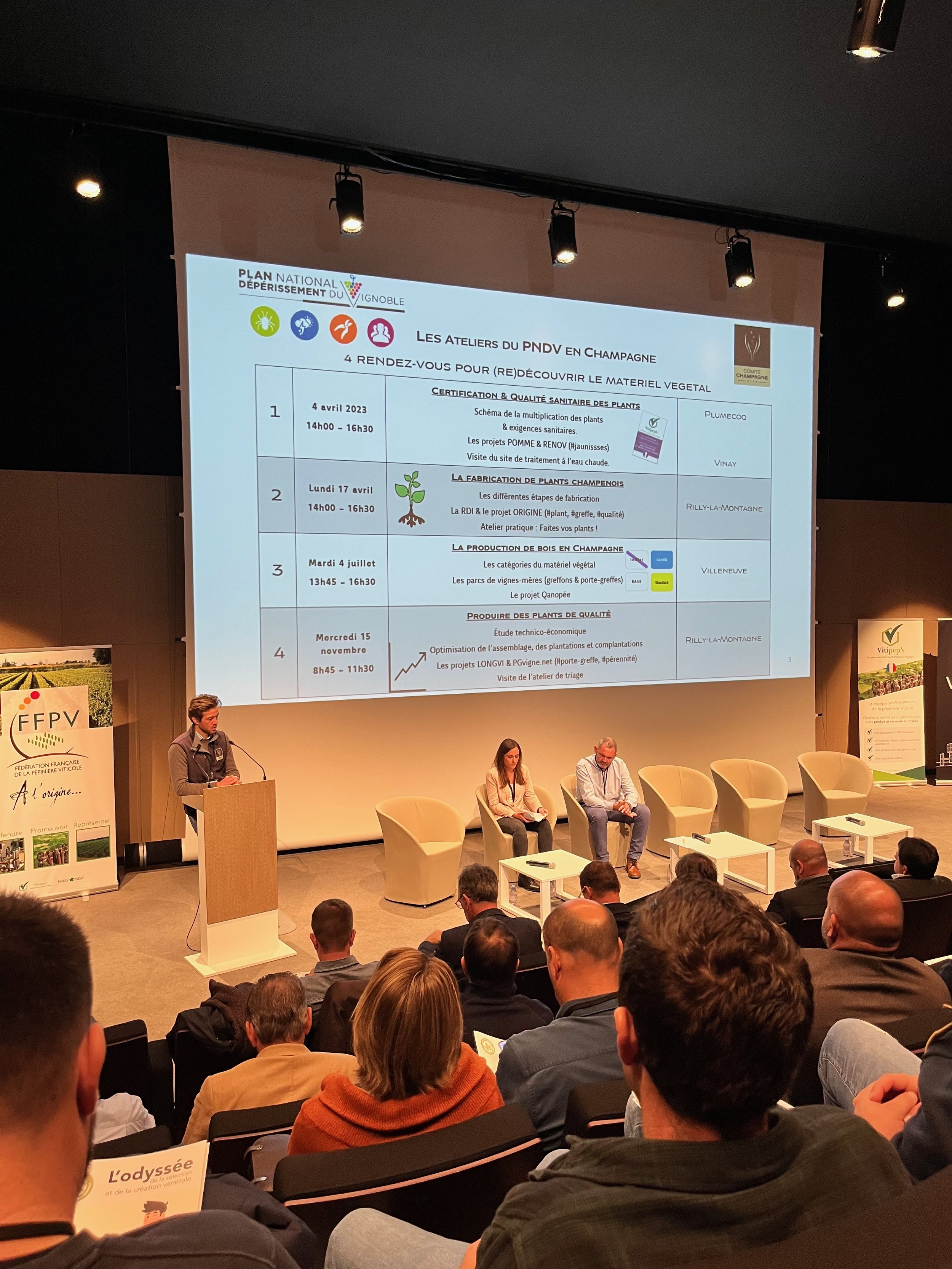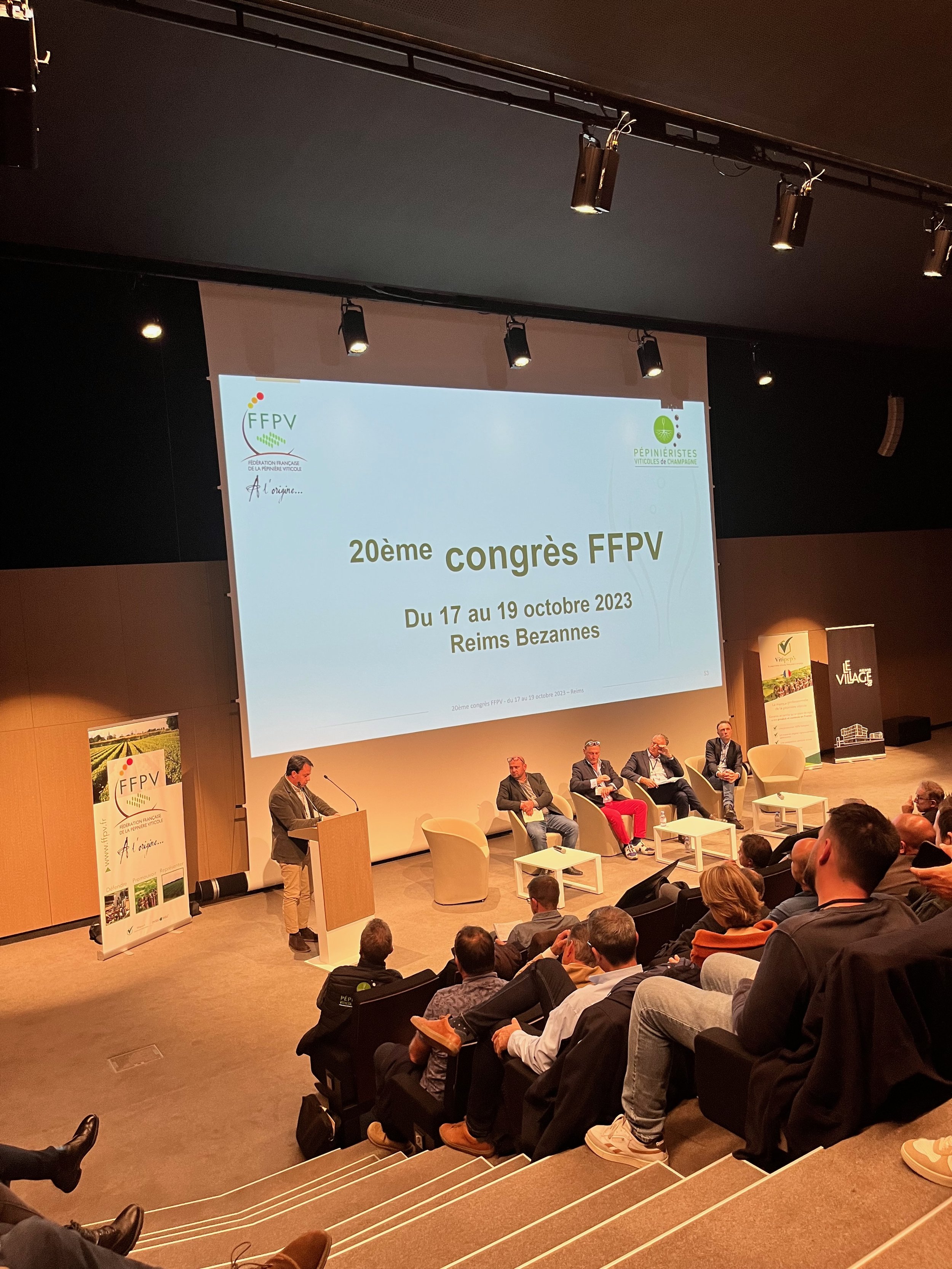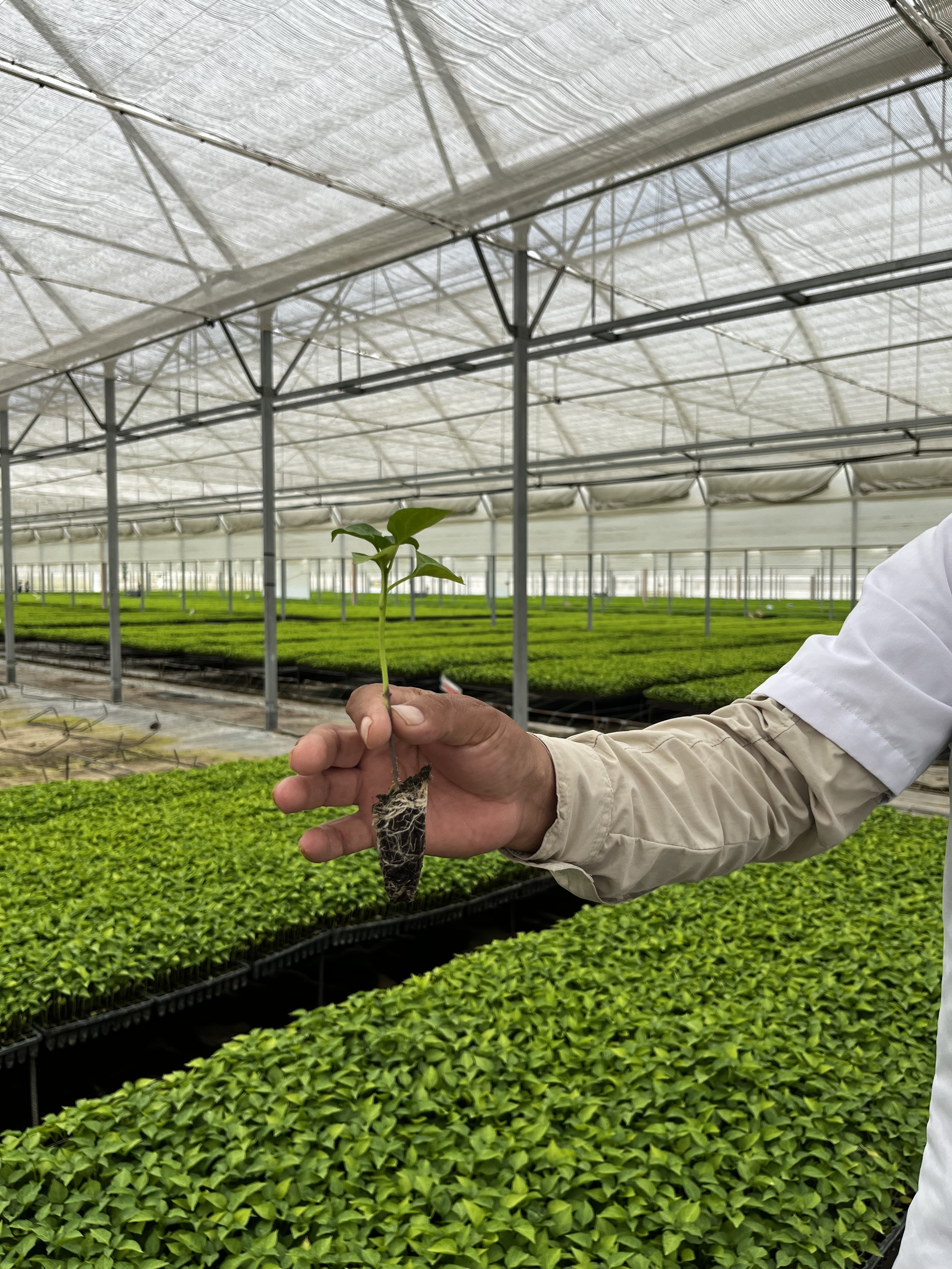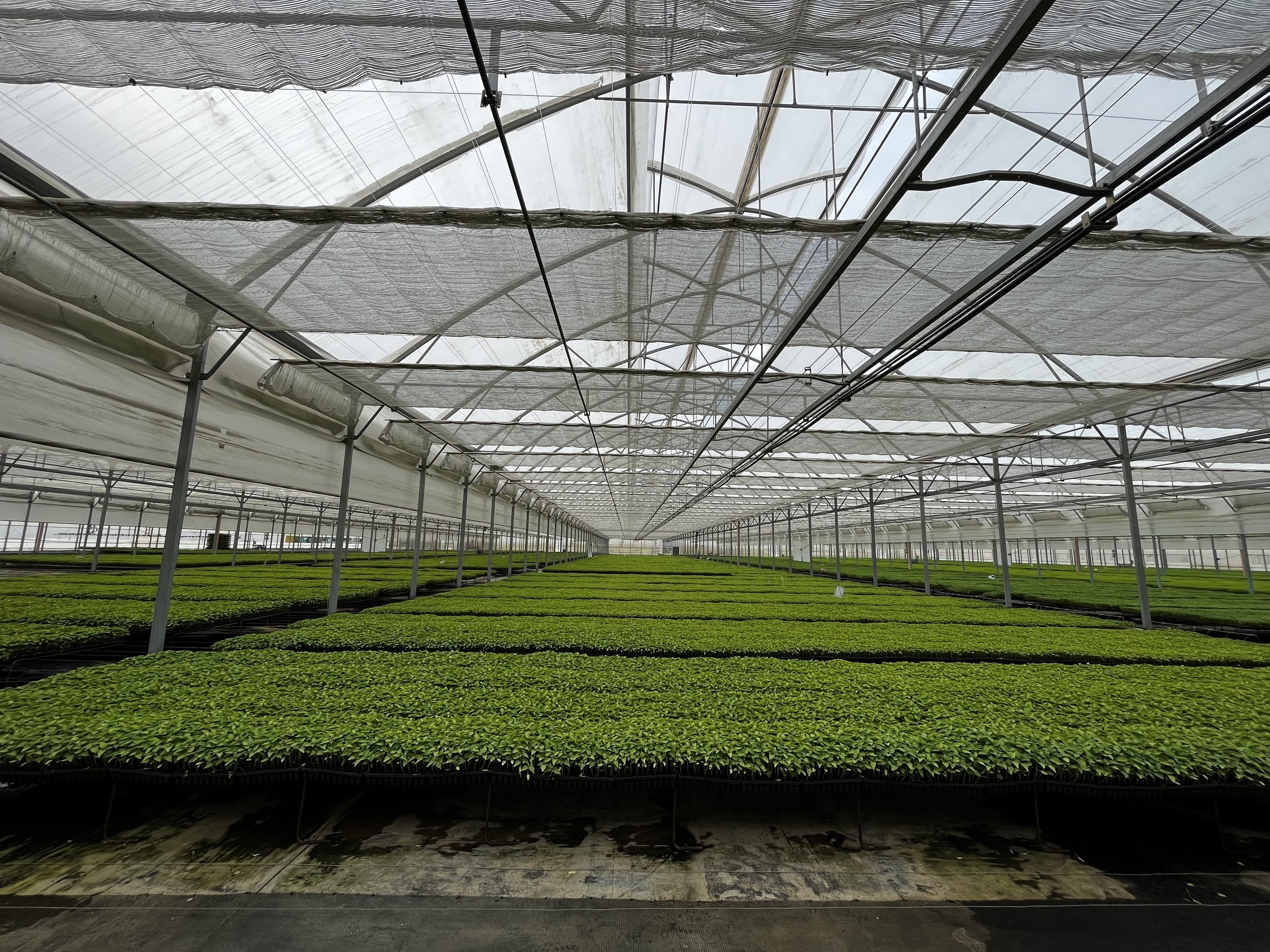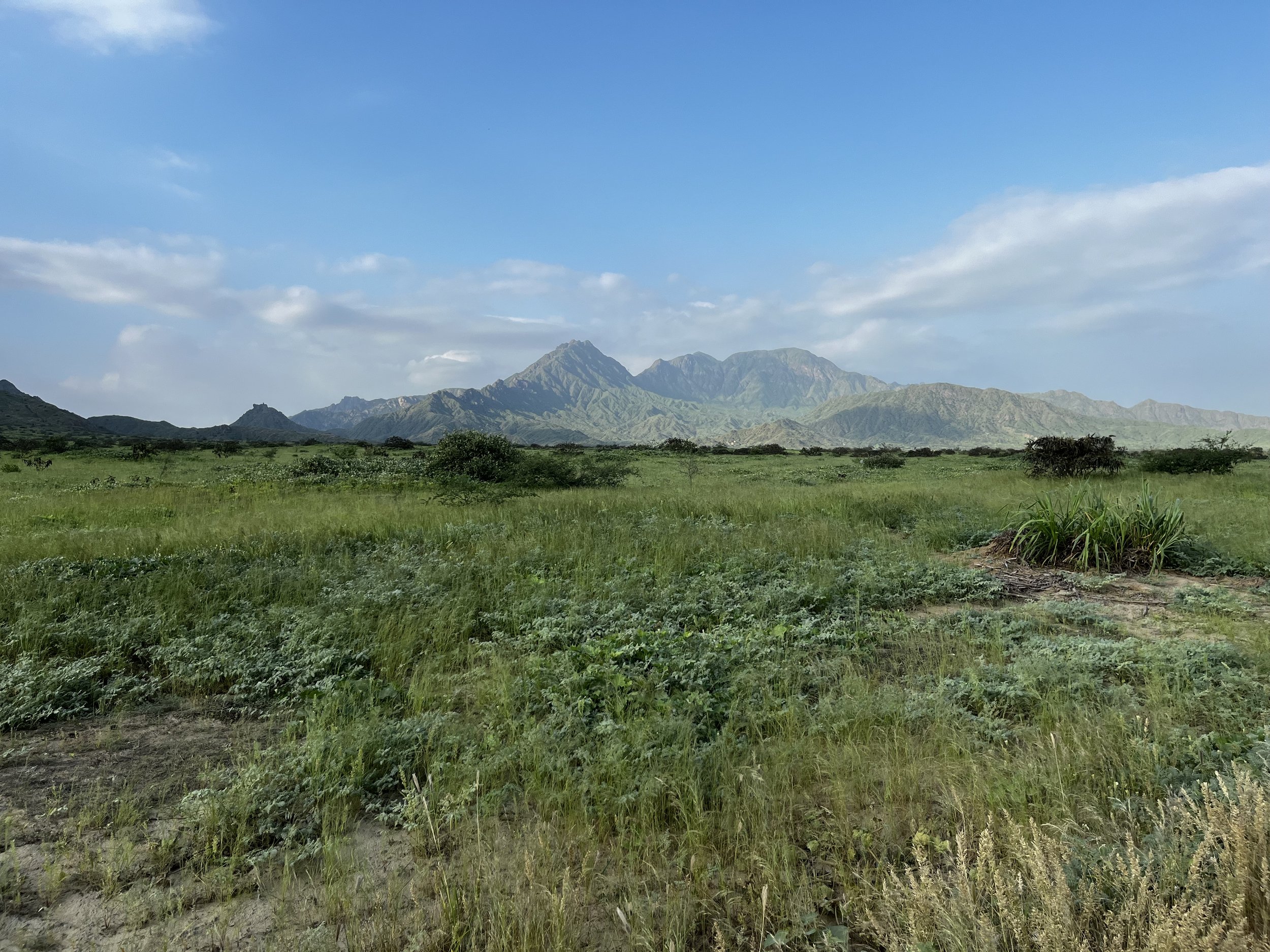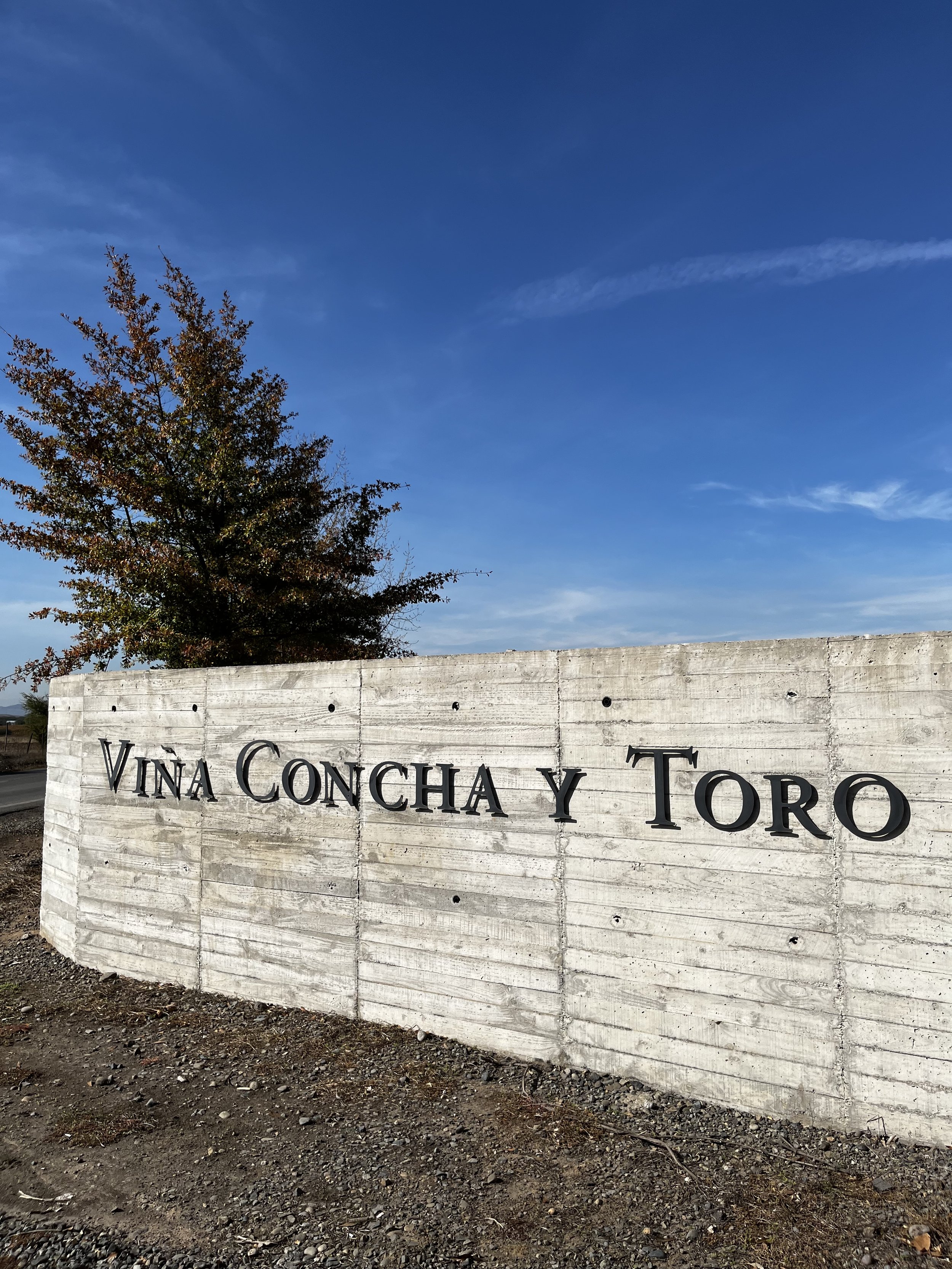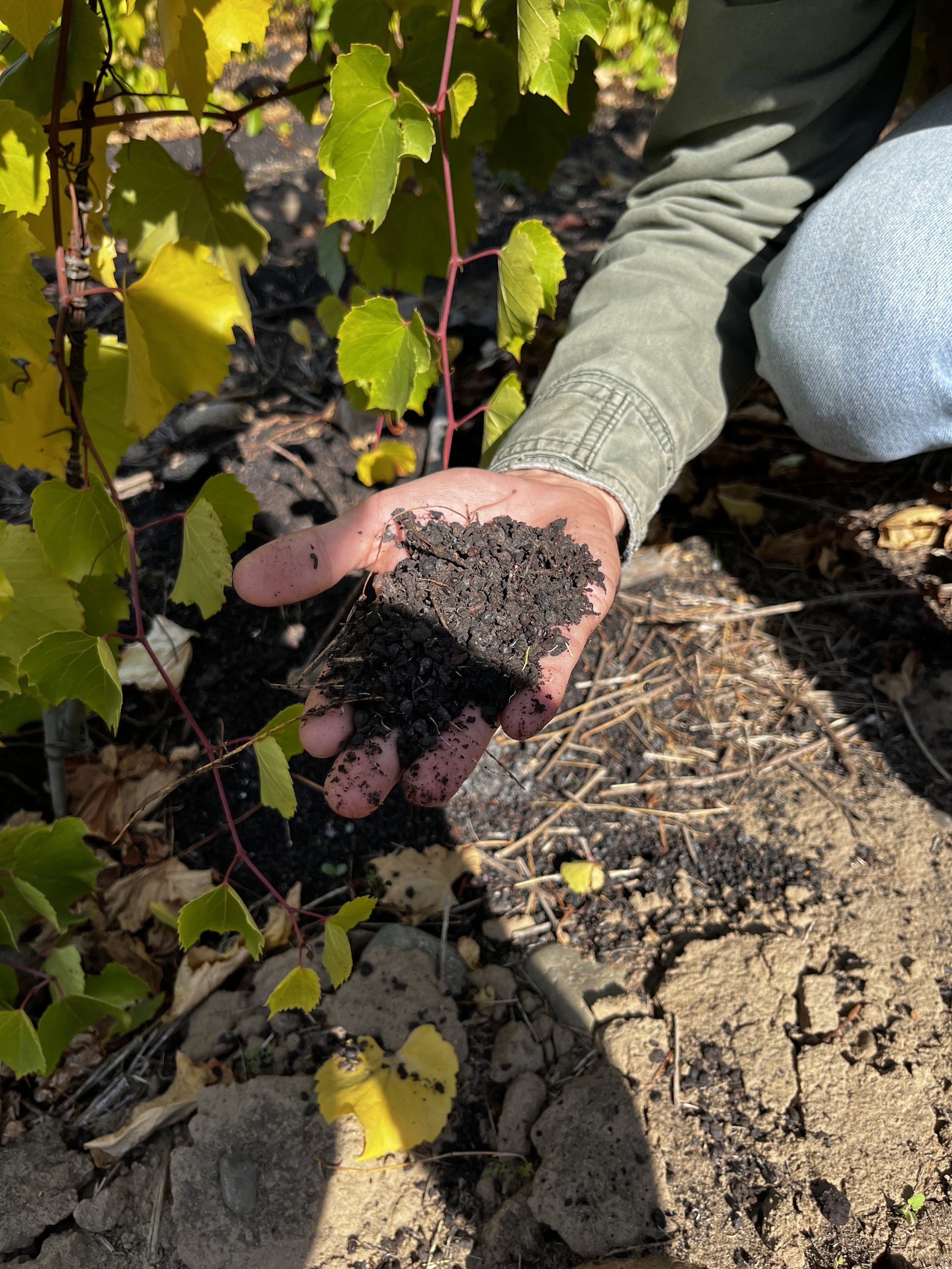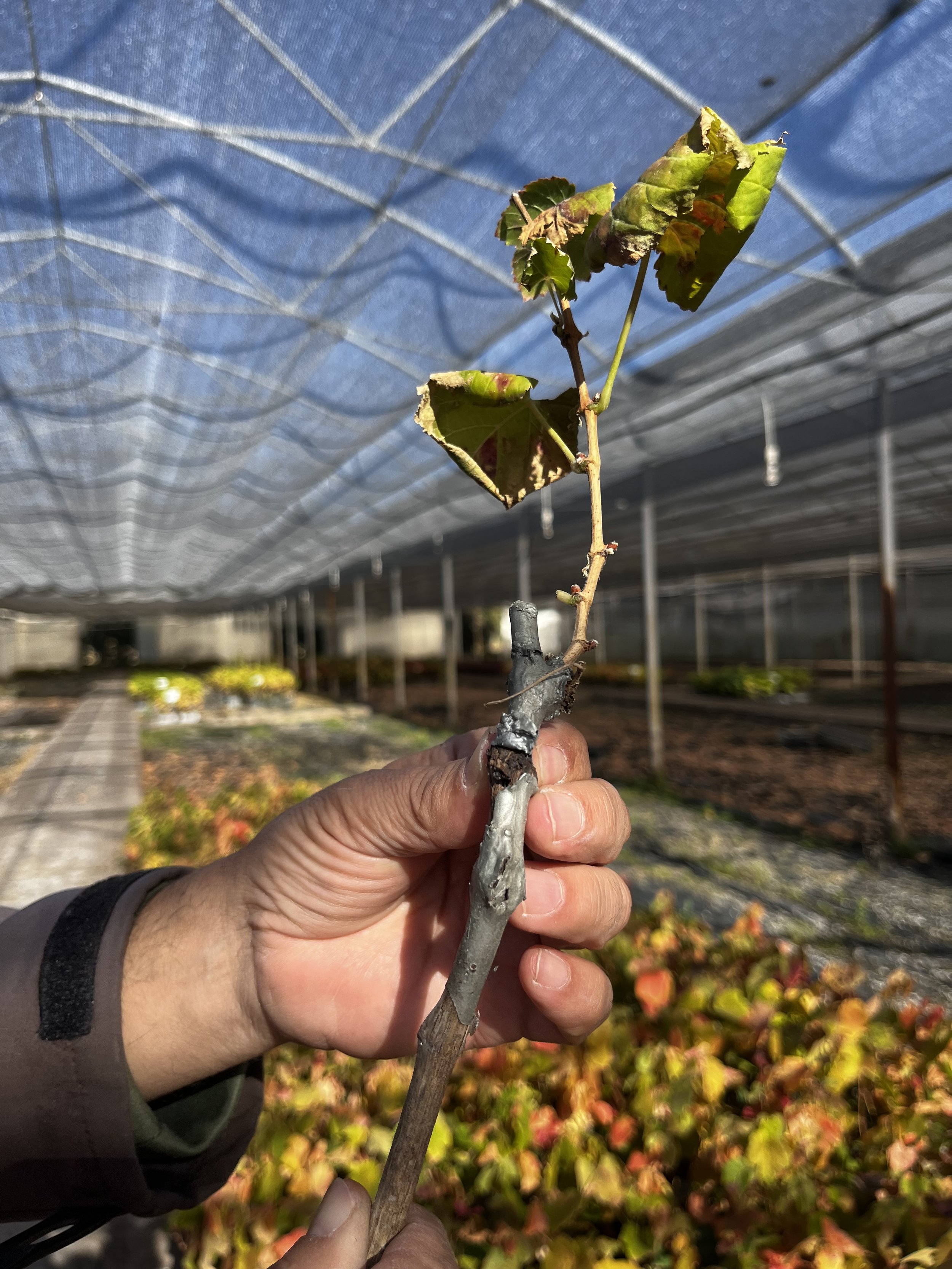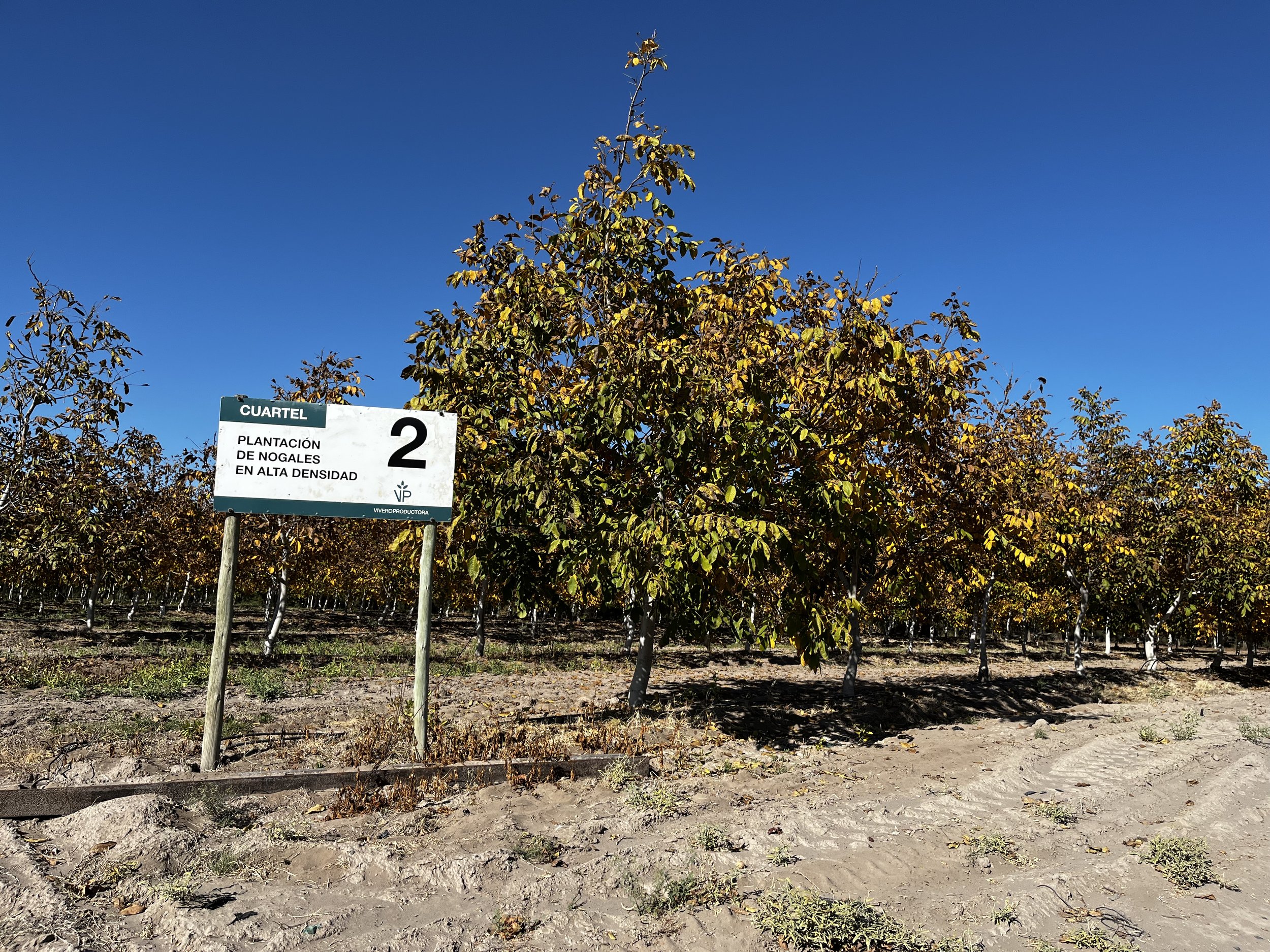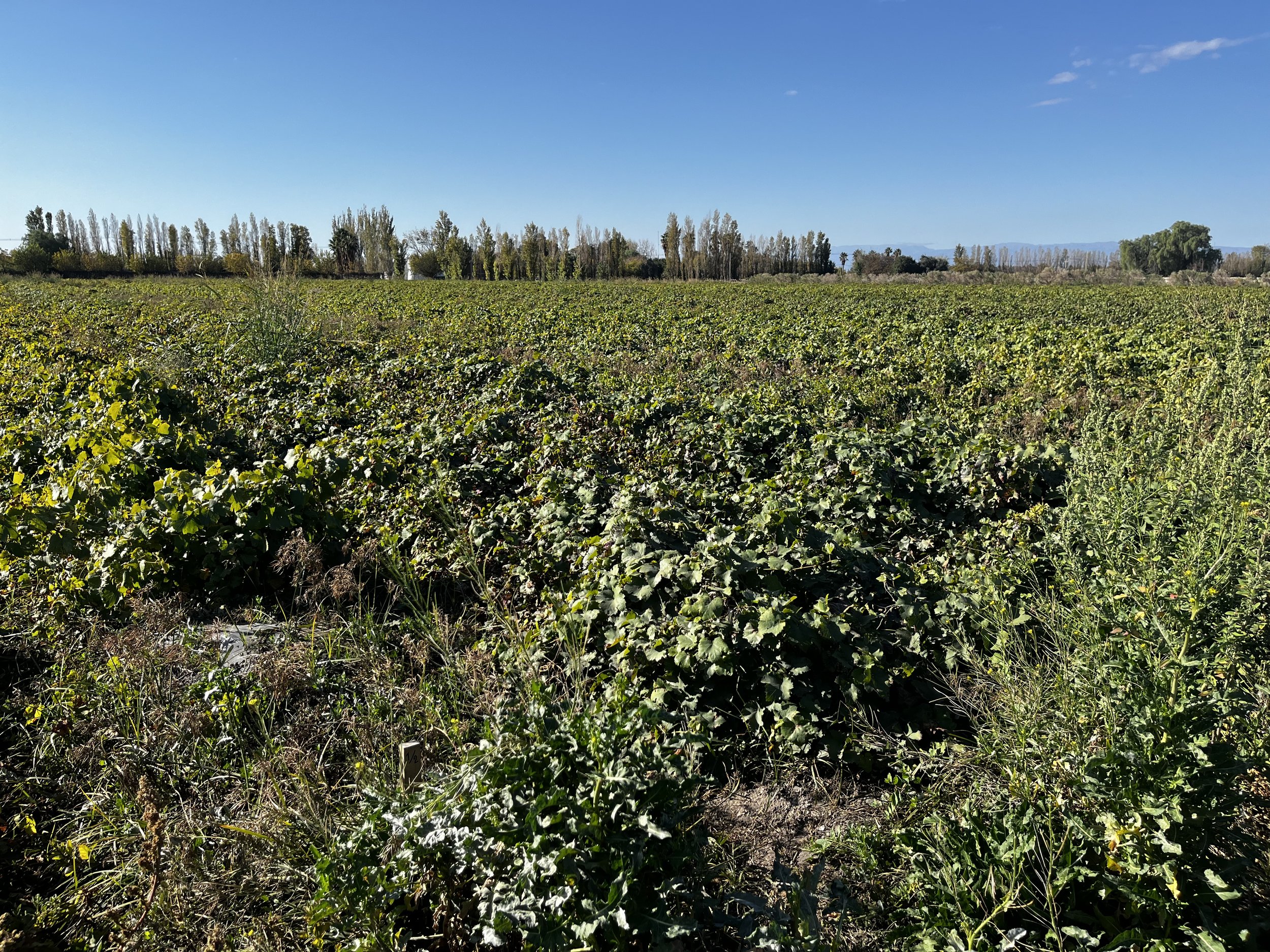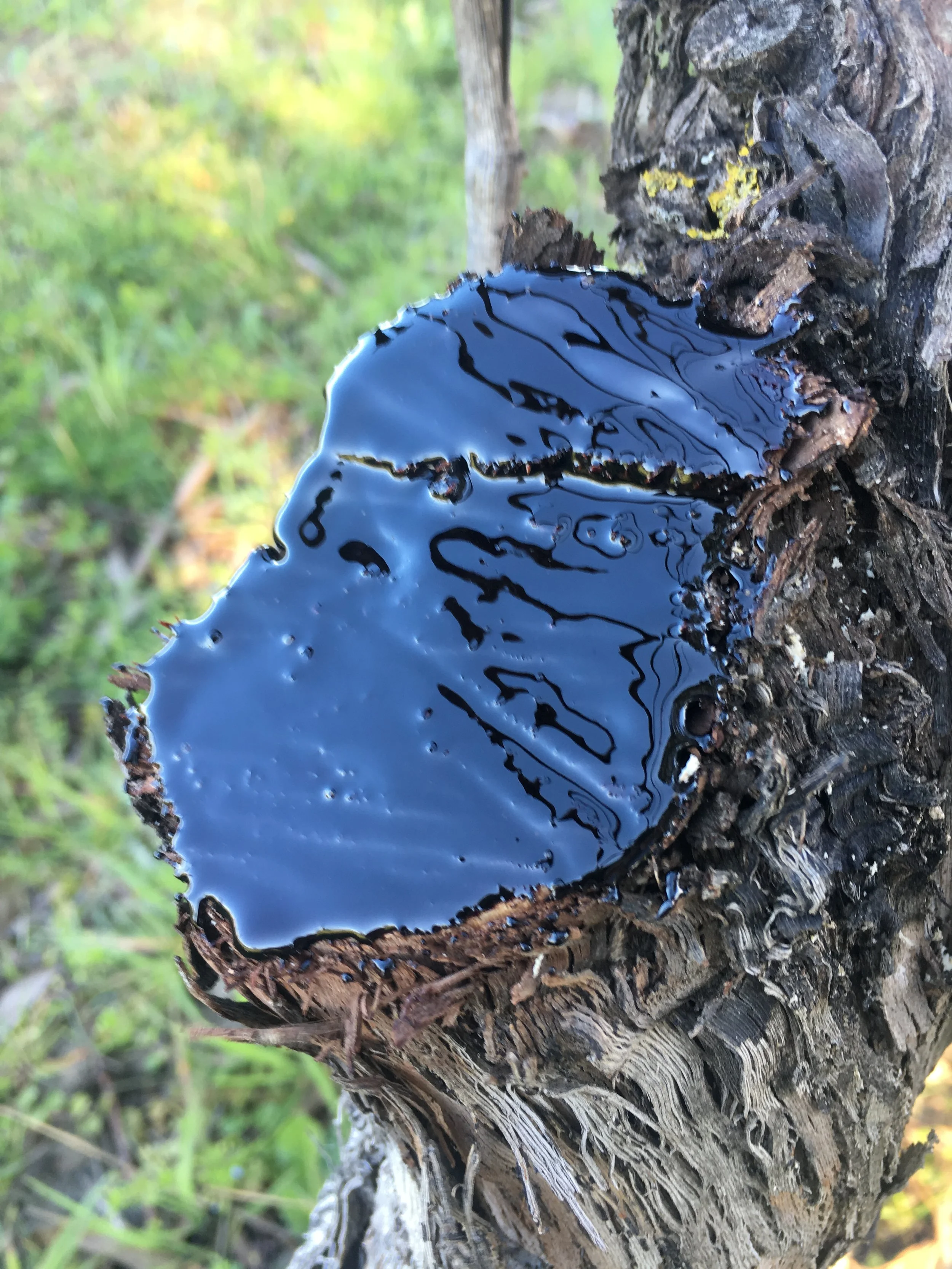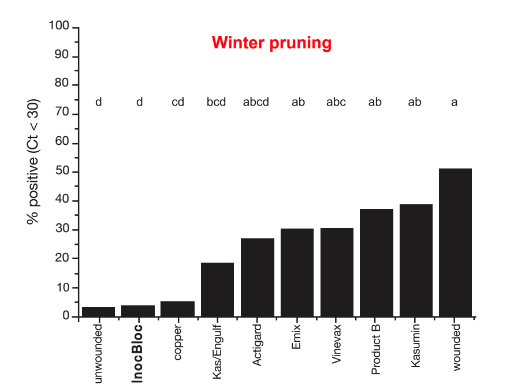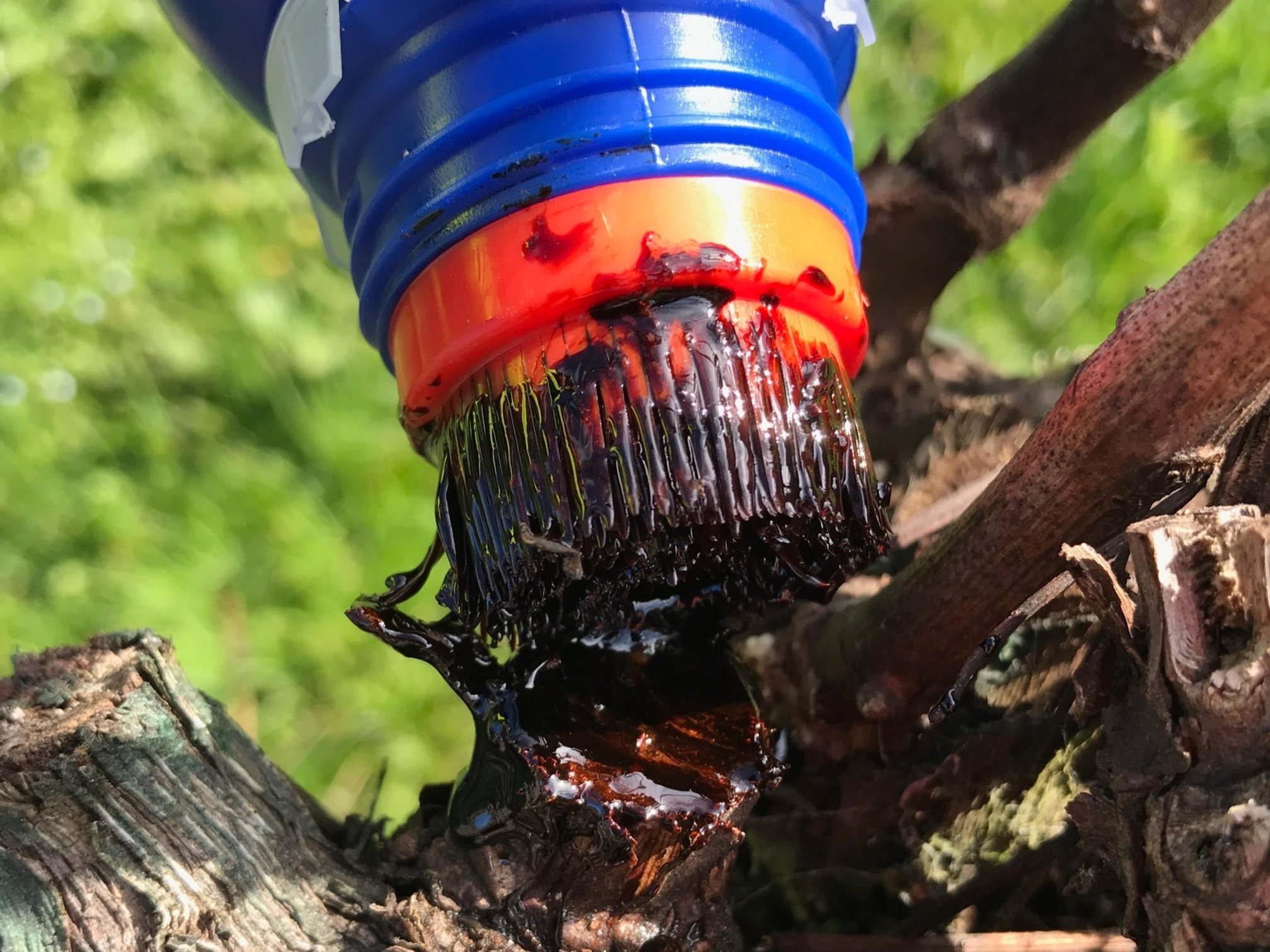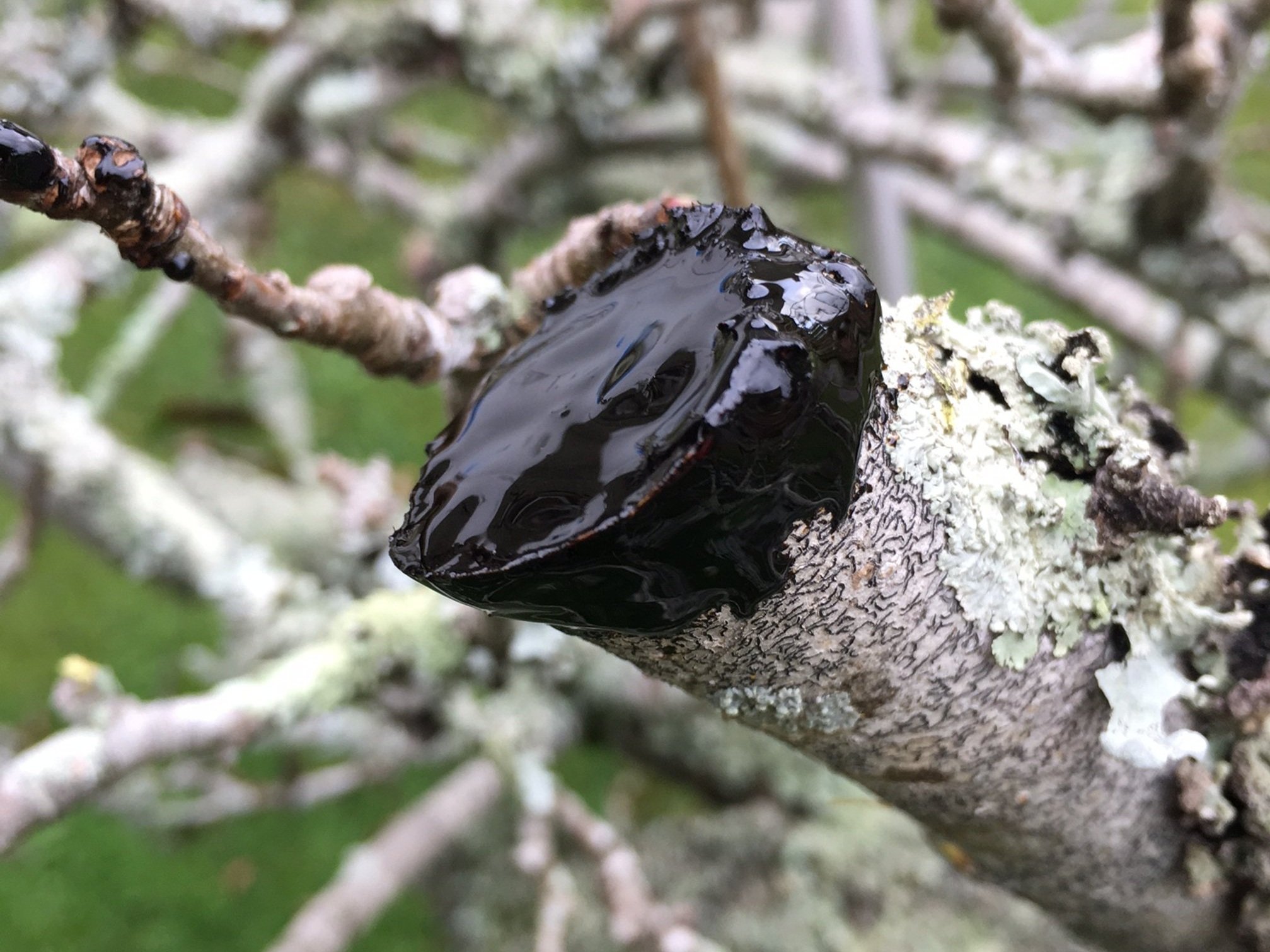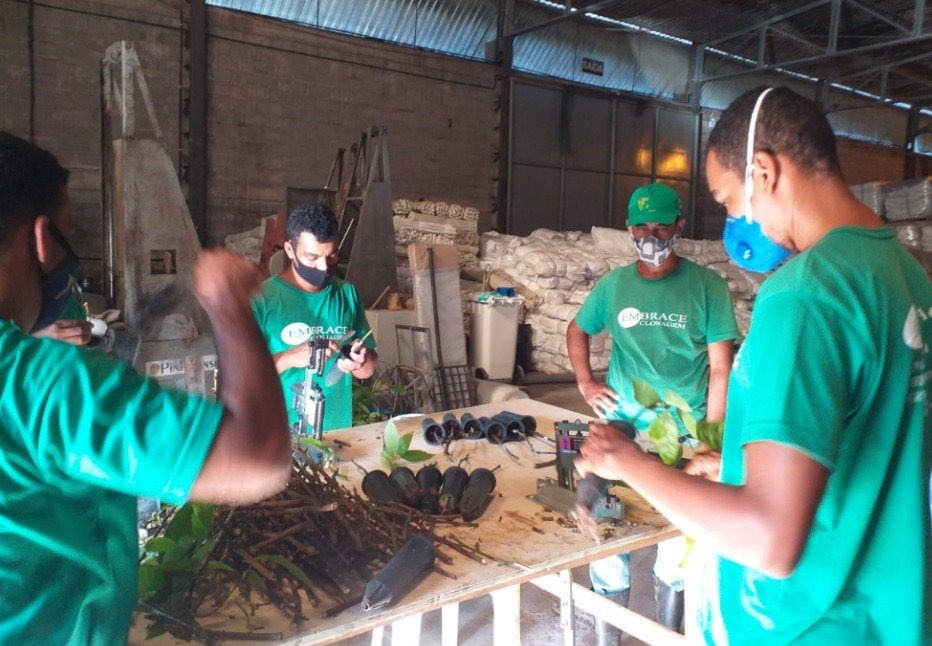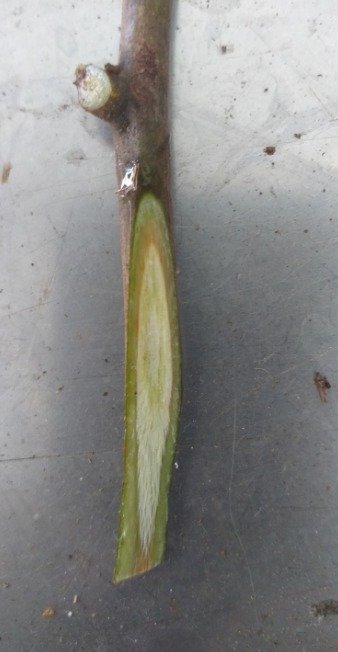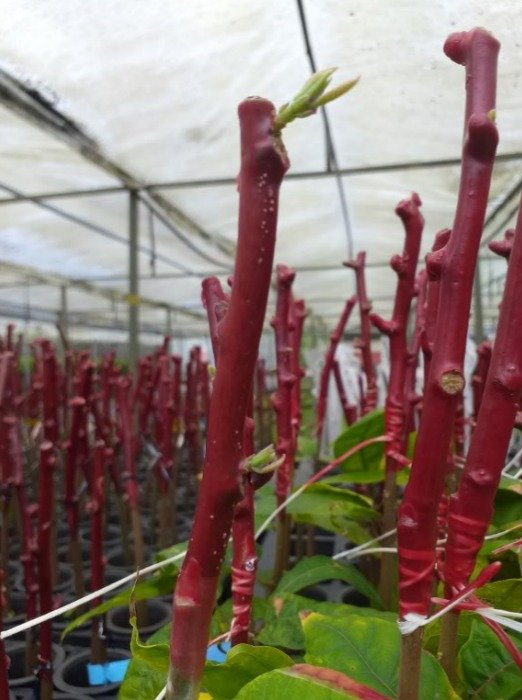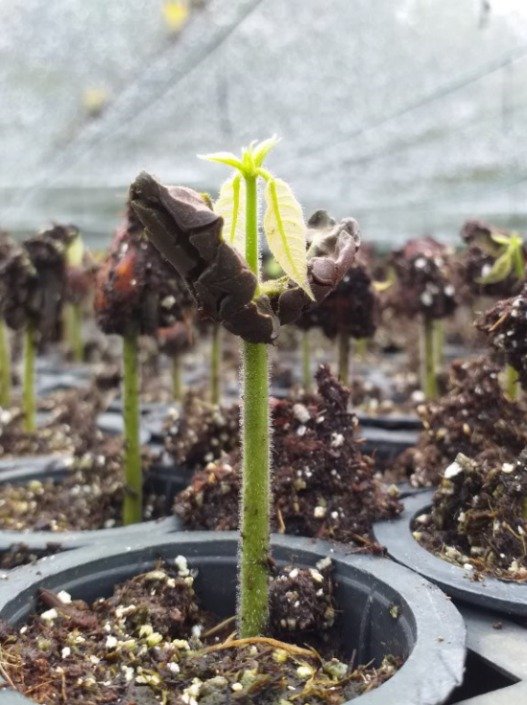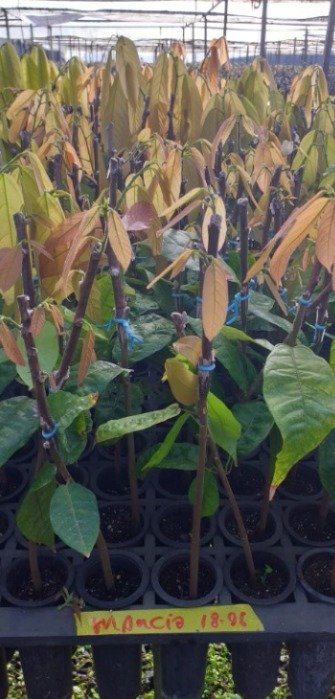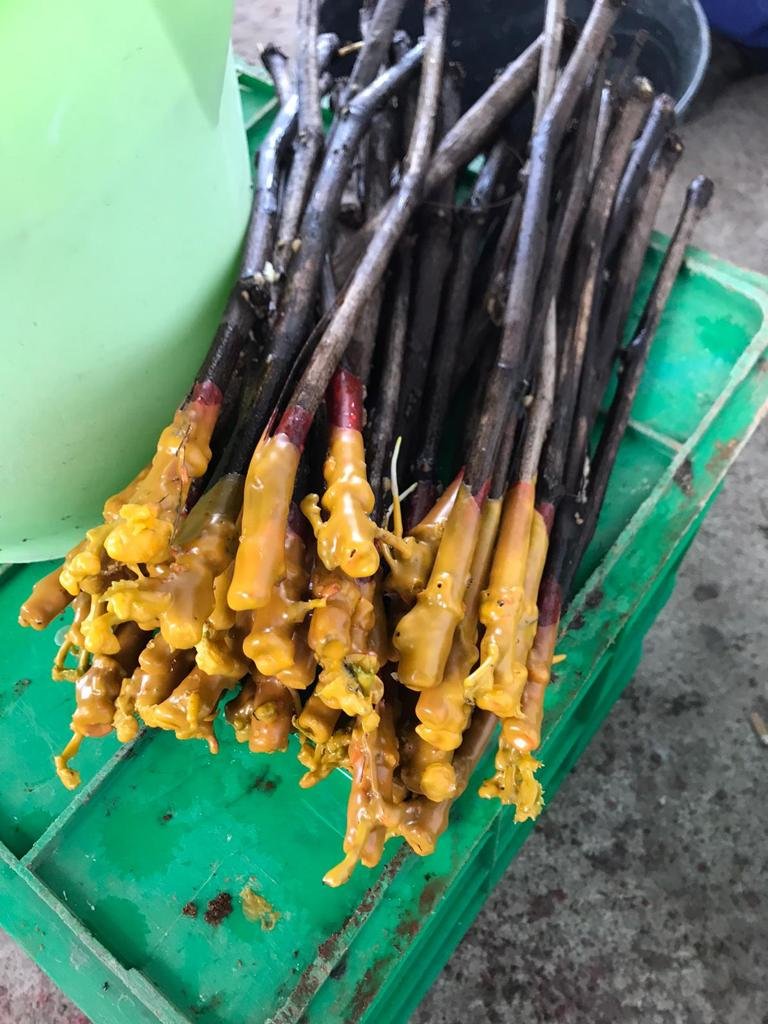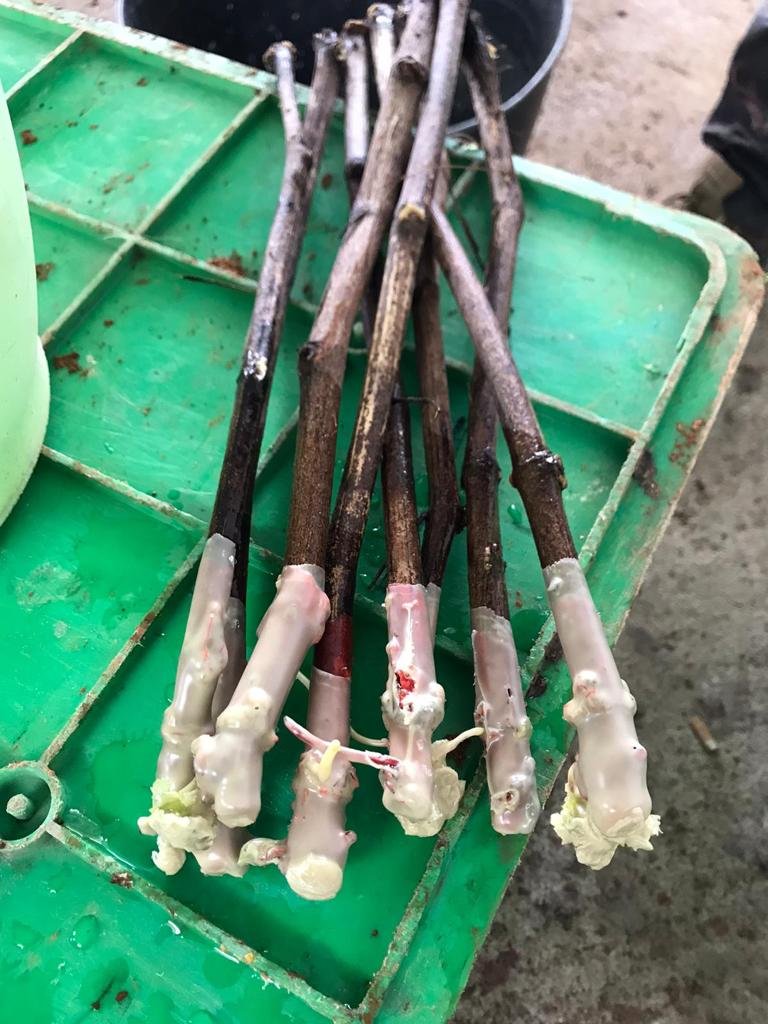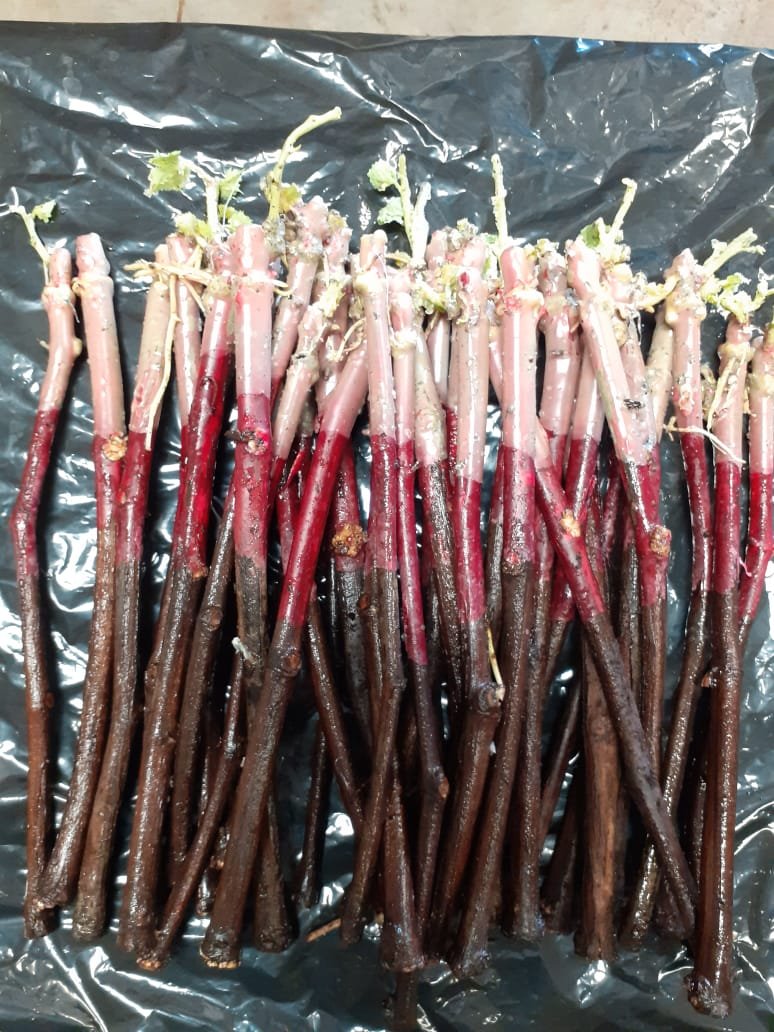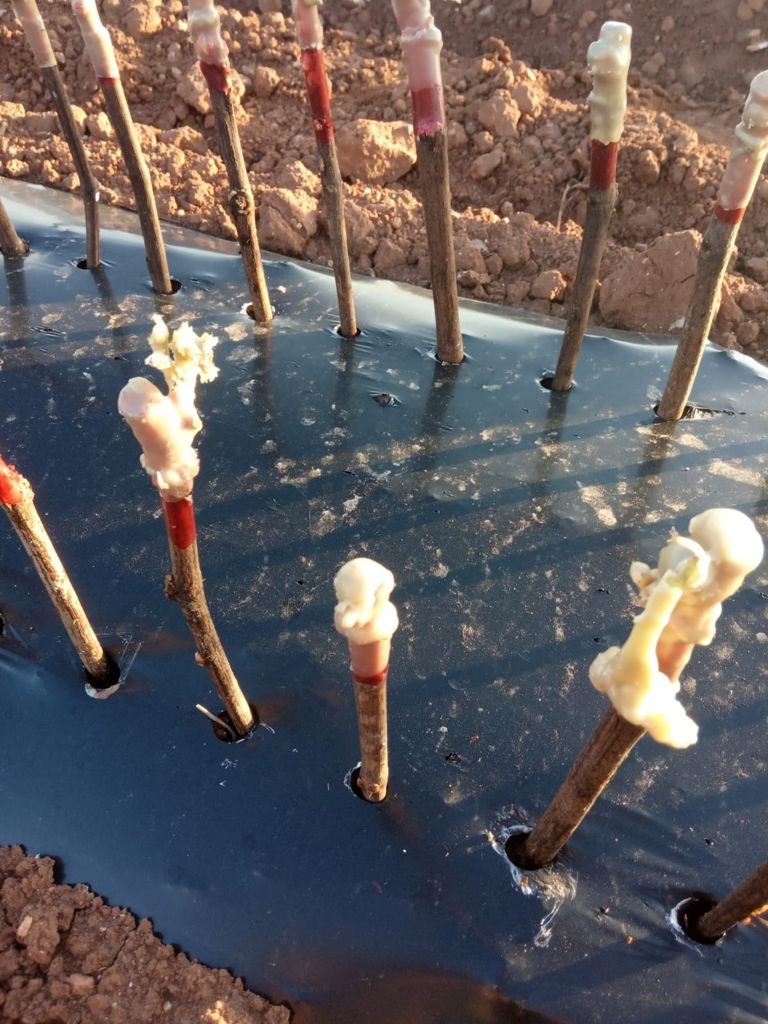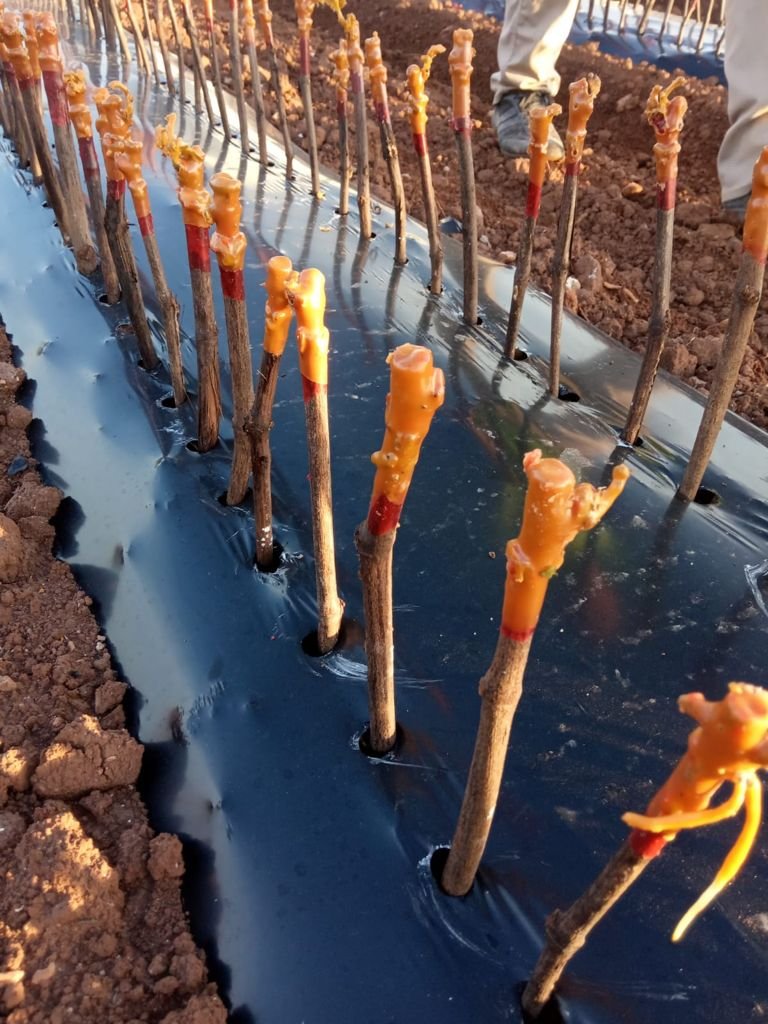The French Vine Nurseries Union held its annual congress in Reims from 17-19th October. French nursery production, together with Italy, is the largest one, not only in Europe but also worldwide. Last year, 220 million plants were grafted, a bit less than the previous year (about 230 millions). The aim of this meeting is to make a state of the current market situation and future trends, but also to share information about innovation, regulations or new projects. Here is a sum up of this meeting.
Grapevine plants demand is now evolving
For 20 years, production has remained relatively stable : with a peak at 300 million plants back in 2003, production fell down in 2008 further to the economic crisis, and then increased constantly until now and stabilize. Grafting is expected to slow down in 2024, as a consequence of difficult climate conditions and tough economic situation. Bordeaux area is the most severely hit by the crisis as red wine consumption has dramatically decreased and wineries have failed to sell wine for the past seasons, hence an overproduction and high level of stock.
What comes out is that the demand for white varieties is growing (UGNIBLANC used for Cognac + CHARDONNAY for Champagne) while the demand for red varieties is going down every year (Cabernet Sauvignon and Merlot).
Demand for new resistant varieties is also slightly growing every year.
Demand for white varieties is growing
While demand for red varieties is going down.
Climate change is the biggest challenge nurseries will have to face in a very near future.
Heavy rain, hail, frost or on the contrary drought cause many diseases in the vineyards.
As the government limits the use of chemicals in the vineyards, it is getting more and more difficult to fight diseases, such as powdery mildew, oedium, flavescence dorée or esca. Xyllela is also a big threat, although it mostly affects orchards.
In order to fight these, ENTAV-INRA has developed new resistant varieties. But these varieties will need to be added to the AOC (appellation d’origine contrôlée) requirements and some varieties are still being tested.
New resistant varieties have been grafted
Between 4 and 5 millions in France each year since 2021.
Also, nurseries are seeking new solutions in order to prevent the plant materiel from being infected at an early stage. Consequently, there are 3 major projects of insect-proof greenhouses :
One of these will be monitored by ENTAV-INRA at Domaine de l’Espiguette, at le Grau du Roi, which is the national plant material propagation centre.
Another one will be monitored by Chambre d’Agriculture de la Gironde at Blanquefort, close to Bordeaux.
Eventually, another project should take place in Champagne area, gathering two other regions (Bourgogne and Beaujolais).
The European Union is financing these projects with the help of local regional councils and the french government.
Also, nurseries are aware they will have to use greener practices as the demand for organic plants is growing. It only represents a small percentage but it is due to increase as the government urges wineries to plant organic vinyeards and produce organic wine.
In this context, interest in natural wax is growing since its use might be a condition to produce organic plants in the future. The natural bee wax for grafting developed by SER is currently tested by different Chambers of Agriculture through the French territory. Results should be available in 2024, when this wax had been tested in different countries last year and shown, until now, pretty good results.

